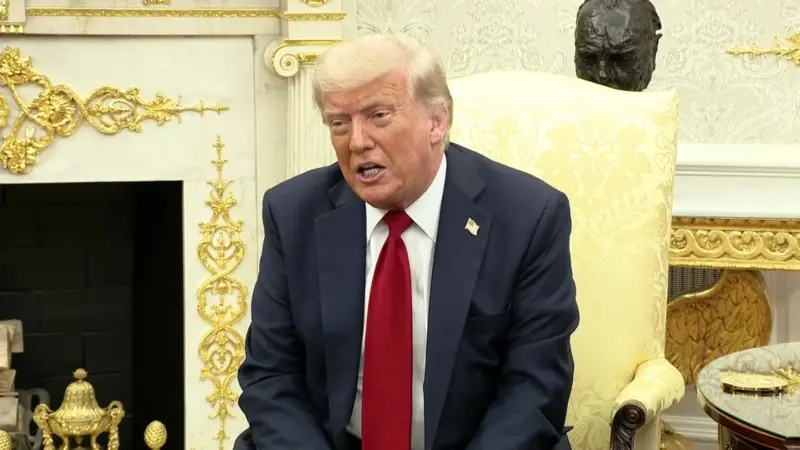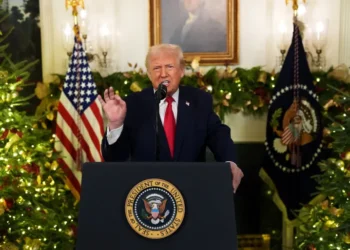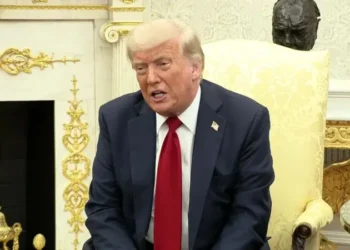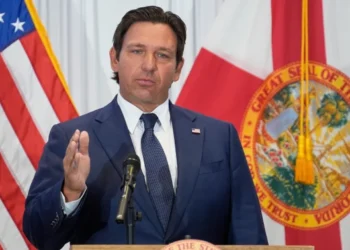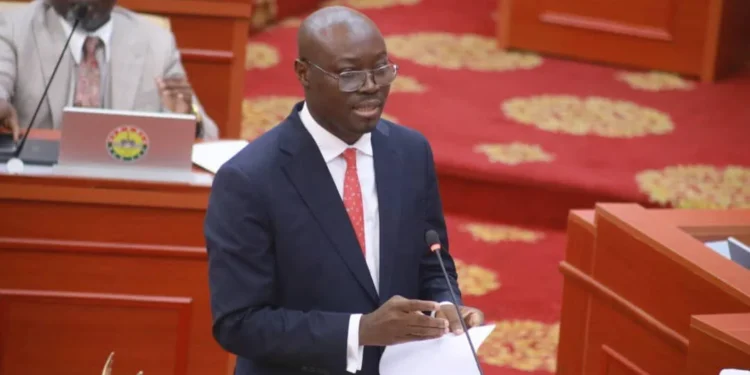In a move that solidifies President Donald Trump’s extreme break with US’ long-standing trade policy, the White House has unveiled a sweeping new tariff structure that effectively redraws the map of US trade relations.
The announcement, made just hours before the self-imposed August 1 deadline, signals bold recalibration of US trade priorities —and affects nearly every trading partner.
The new tariff regime will not go into effect today, Friday, August 1, 2025, as expected. Instead, the tariffs will be implemented on August 7, 2025, to give Customs and Border Protection sufficient time to make the necessary changes to collect the new duties.
The “universal” tariff for goods coming into the US will remain at 10%, the same level that was implemented on April 2, 2025.
However, that 10% rate will apply only to countries with which the US has a trade surplus – countries to which the US exports more than it imports. According to a senior administration official, that applies to most countries.
A 15% rate will serve as the new tariff floor for countries with which the US has a trade deficit. About 40 countries will pay that new 15% tariff. That tariff will be lower for many of those nations than the April 2 “reciprocal” tariffs, but it will be higher for a handful.
More than a dozen countries have tariff rates that are higher than 15%, either because they agreed to a trade framework with the US or because Trump sent their leaders a letter dictating a higher tariff. The official said that those countries have among the highest trade deficits with the US.
The new trade policy also establishes a 40% additional penalty on so-called transshipments. Those are goods that are shipped from a high-tariff country to a low-tariff country and then re-shipped to the US.
The US already imposes penalties and fines for goods that Customs and Border Protection agents deem to be transshipped. The 40% will come on top of that, a senior administration official said.
On top of the tariffs on US imports unveiled, there are also levies targeting various industries that would pose far-reaching consequences for countries that rely on those sectors.
Tariffs on specific industries that have been announced include steel, aluminium, copper, automobiles and car parts.
US Tariff Rate On Canada Increased
Moreover, Trump signed an executive order increasing the tariff rate on Canadian goods that aren’t exempt from the United States-Mexico-Canada Agreement (USMCA) from 25% to 35%. The higher tariff rate will go into effect tomorrow.
Canadian Prime Minister Mark Carney said the government is “disappointed” by the US decision to increase tariffs to 35% on Canadian goods not covered under the pre-existing free trade agreement.
However, the US application of the US-Mexico-Canada free trade agreement “means the US average tariff rate on Canadian goods remains one of its lowest for all of its trading partners,” Carney said Friday.
Under the USMCA treaty, which was negotiated by the first Trump administration and came into effect in 2020, a wide range of goods made in North America are eligible for duty-free treatment.
Canada’s central bank estimates 100% of Canadian energy exports and 95% of all other goods meet the qualifications for being USMCA-compliant.
“Other sectors of our economy – including lumber, steel, aluminium, and automobiles – are, however, heavily impacted by US duties and tariffs.
“For such sectors, the Canadian government will act to protect Canadian jobs, invest in our industrial competitiveness, buy Canadian, and diversify our export markets.”
Mark Carney
Carney also criticized Trump’s justification for the increased tariffs, saying, “Canada accounts for only 1% of US fentanyl imports and has been working intensively to further reduce these volumes.”
“Canada will be our own best customer. We can give ourselves more than any foreign government can ever take away by building with Canadian workers and by using Canadian resources to benefit all Canadians.”
Mark Carney
With this tariff reset, Trump doubles down on his vision of “America First” economics, ushering in a new era of assertive trade enforcement.
READ ALSO: Record Channel Crossings Spark UK Migration Alarm

